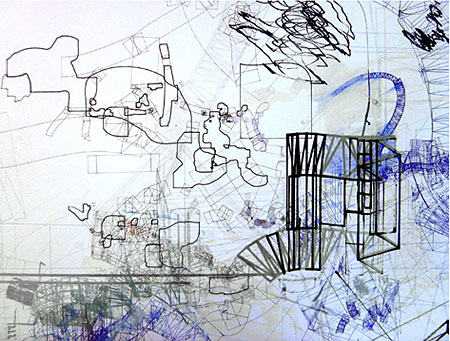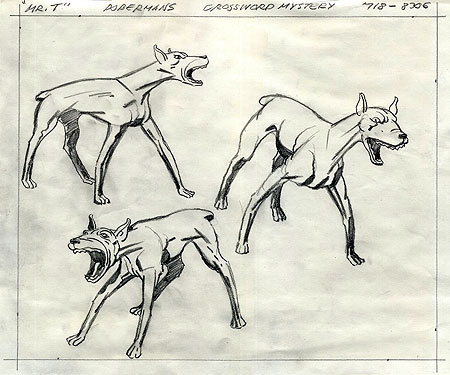Computer music composer and trailblazer Paul Lansky has given up making electronic music to concentrate on scores for live musicians, per the Times. His acoustic music (such as the Coplandesque "Odd Moments") is superb so this bodes well.
We probably could have done without the digs at his former field in the article ("I basically don’t like electronic music. I like to compose it. I’m just not a big fan of it" and "His conversion, in a sense, is a relinquishing of the need to control, the rejection of what he called an antisocial bent") but there's no denying this part:
In some ways Mr. Lansky’s shift is emblematic of the field’s disintegration, at least from the way it was constructed even a decade ago.
In the early years of making music with computers, it could take days to produce a few measures of music. Composers went to universities and congregated around giant multimillion-dollar mainframes — "big iron" — to create pieces. Mr. Lansky used punch cards to make his first electronic piece, "mild und leise," in 1973. "It was tedious, backbreaking work," he said.
Now a tiny laptop dwarfs the creative power of those behemoths. Electronic composition has left the laboratory. Any Mac user can compose, and much of music making is shot through with digitization. Composers commonly write with computer programs. Electronic music trends now lie in interactive computer programs that create sounds together with live performers or electronically alter acoustic instruments.
Again, all that's true but hardly a reason for quitting. ("Waaah, it's just not backbreaking any more.") The use of "any Mac user" as a synonym for "the boob in the street" is mightily amusing, however.


